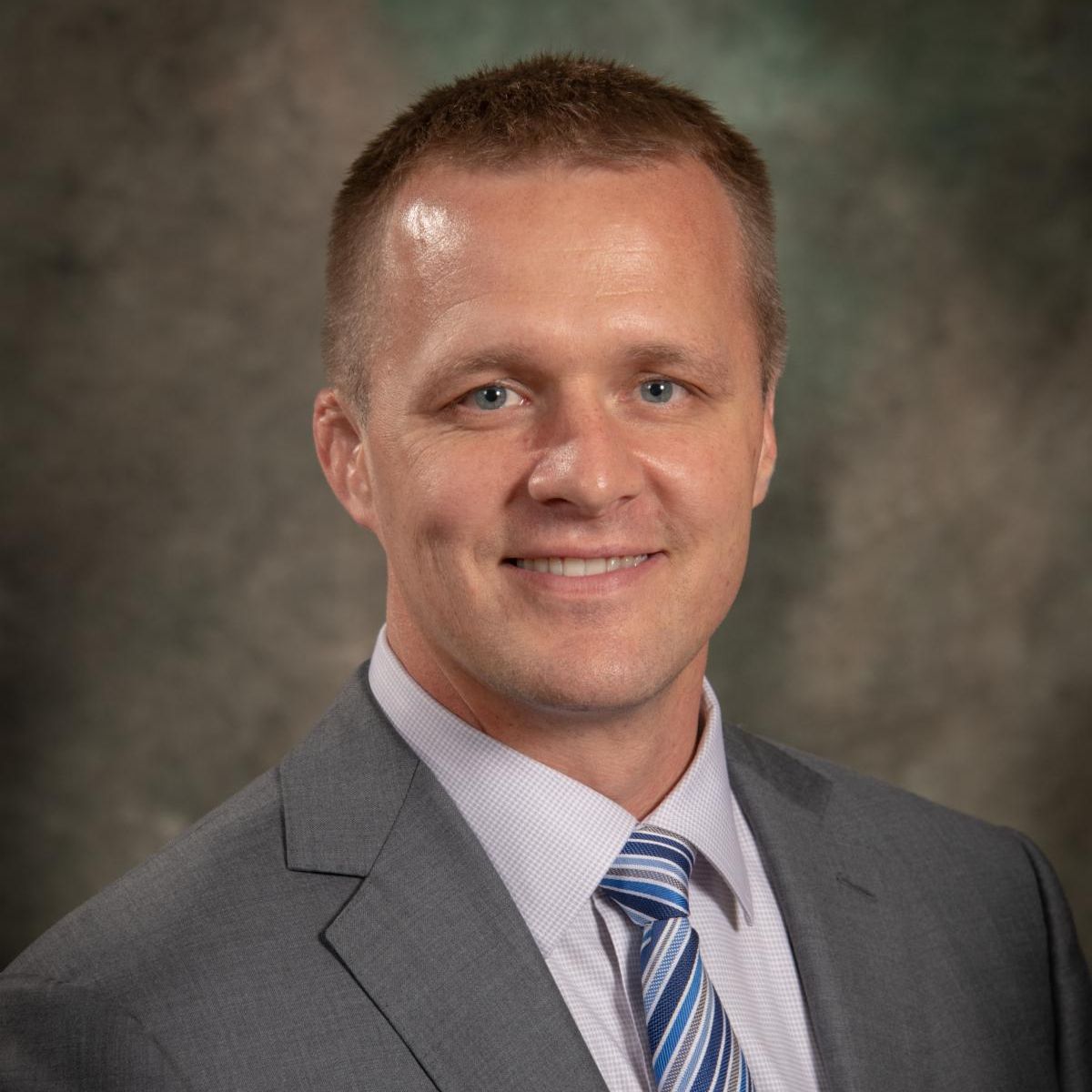Dear NAGDCA Members,
2020 is flying by here at NAGDCA – it feels like we will be in Seattle for the Annual Conference in no time! – but I want to take a few moments to catch you up on what we have been doing.
We came into the new year with the goal of improving our content and making it easier to use. Our first step was to create a monthly Resource Digest series that highlights both new information and resources from our past.
The Digests are structured around our Best Practice Guides, and focus on four primary categories that encompass most of the relevant information in the industry: Plan Design, Plan Administration, Participant Engagement, and Plan Governance. Each quarter we will focus on one of these categories, starting in the first quarter with Plan Design.
While a wealth of data, information, facts, and opinions are available on the topic of Plan Design, we thought the best place to start was with our most valuable resource – you. Each month we will highlight the best ideas and most innovative solutions to the problems you face. In January, we told you about MOSERS (Missouri) who brought some critical resources on staff to improve their participant services. In March, we will talk about the State of North Carolina, who changed their asset allocation program to improve participant outcomes.
This month we brought you the story of San Mateo County (California), and the lessons they learned implementing automatic enrollment and escalation in their plan. Automatic enrollment is a topic we have spoken about often at NAGDCA, and I think it offers a good example of the benefit of some of our new tools and features.
Last year, we created an Automatic Enrollment Map to provide a basic understanding of the different laws affecting automatic enrollment across the country. The map received an “Excellence and Innovation Award” from Pensions & Investments, and was intended to shed light on a topic that is the source of much confusion in the public sector.
An important next step in understanding automatic enrollment in our industry is to develop a clearer picture of how it is being used. This was too complex to show on a map, since each plan makes their own decision on whether to use automatic features. To solve this problem, we developed a new tool that shows not only the use of automatic enrollment among our member, but many other plan design features like Roth, loans, match, etc.
We call it our “Plan Features Search” and we believe it will help you gain a better understanding of which plans (and how many) are using different plan design features. For example, of the 47 plans that are currently in the system, 15 use automatic enrollment. Many of these plans are in states which only partially allow auto features or allow them only if they are part of a collective bargaining agreement. The tool also provides contact information, allowing you to reach out to each plan sponsor directly.
The more data we have available, the more useful the Search will be. We highly encourage all of you to update your plan feature information to be included in the new tool. It should take about 10 minutes.
For those of you without access to automatic features, which is many, we will continue to develop resources as well. In our first webinar of the year, “No Auto, Now What?”, we will go in depth with two plans that cannot use auto features, the State of Alaska and the Southeastern Pennsylvania Transportation Authority (SEPTA), to see how they used non-automatic plan design features to drive higher participation. This webinar will run in late March; we hope you can join us!
To provide a deeper understanding of the effects of different plan design features in the public sector, we ultimately need to grow our information beyond a simple understanding of the landscape. To do that, we must have better data. Earlier this month we highlighted a study by the Congressional Budget Office (CBO) that showed the effects of different plan design changes on savings for federal workers. I found this sentence particularly enlightening:
“…most of the previous literature has examined changes in DC plan characteristics in the private sector—an approach that makes extrapolating findings to the population of public-sector workers difficult. Unlike firms in the private sector, federal, state, and local governments have often considered incorporating DC plans into retirement systems that would continue to include a DB component.”
Amen. The spirit of this sentence – that public plans are different and need to be studied separately from the private sector – lies at the heart of our new partnership with the Employee Benefits Research Institute (EBRI). We are calling it the Public Retirement Research Lab (PRRL), and the goal is to provide comparative data at the plan and participant level to create a new and deeper understanding of this industry. Your participation is vital; the more data we have, the more insights we will be able to provide. Many of our largest members have already signed up, and we highly encourage you to do so here.
I would love to hear what you think about our new programs, and what we could do better. Please feel free to reach out any time at mpetersen@nagdca.org.
 Sincerely,
Sincerely,
Matt Petersen
